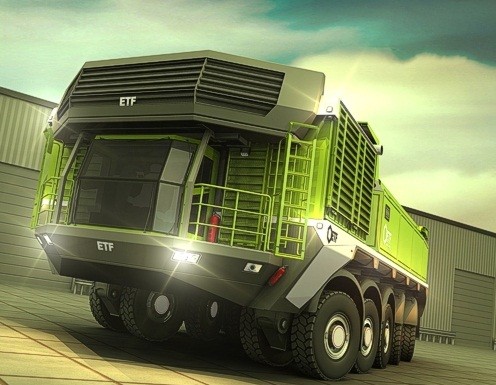What s in a global mining ETF
Post on: 16 Март, 2015 No Comment

We unpack exposure of a generalist mining ETF.
26 February 2015 11:33
What are you buying in a mining ETF like iShares MSCI Global Metals & Mining Producers ETF?
Here, above all, youre getting the diversified miners. This means the global titans of the mining sector. BHP Billiton, Rio Tinto and Glencore account for about a third of the iShares MSCI Global Metals & Mining Producers ETF’s weightings. Ten miners, the aforementioned diversifieds included, make up just over half the funds holdings.
In terms of commodities a few major metals, steel making ingredients and fossil fuels dominate: iron ore, copper, coal and oil especially. But other metal and minerals like aluminium, nickel, zinc, lead, platinum group metals, borates, potash and diamonds are important too.
The groups fortunes are tightly tied to the balance between metal supply and demand. When the global economy grows demand for homes and cars, and the need for big infrastructure rises then mining equities tend to perform quite well. When such demand slows and/or key metals go into oversupply, the miners find themselves pinched for profits. The equities shrink.
It tends to be pretty cyclical. Mining booms during times of high prices, which encourages more spending on exploration the search for more supply and development. New mines perhaps uneconomic at lower prices come online.
So the cliché that nothing cures high prices better than high prices comes to bear. New supply, assuming it’s available in the form of undeveloped projects and newly discovered deposits, can lead to oversupply. Prices drop. Miners curtail investments, even close less economic or suddenly uneconomic mines.
So the cycle goes.
The iShares MSCI Global Metals & Mining Producers ETF now reflects multi-year malaise in the mining sector. Prices of key commodities like iron ore and oil boomed from the mid-2000s until the early 2010s (with a brief shock in 2008-2009). The strength in prices piggy-backed, largely, on exceptional Chinese growth as its citizens became more urban and the government splurged on infrastructure programmes. Suddenly China became the dominant consumer and importer of metals like copper (e.g. electrification) and iron ore (e.g. rebar for construction).
Since the early 2010s the growth in the Chinese economy has been slowing, with GDP growing around 7% instead of say 10%. That slowdown has lately curbed demand for iron ore and copper, for example, putting the former market especially into oversupply.
Compounding the iron ore oversupply is a strategy being followed by the diversifieds to maintain mine expansion programmes, mostly in Australia, the mecca of cheap high quality iron ore, in an effort to grab market share by putting higher cost mines in China out of business. It does work in cases Chinese mines, among others, are coming off line. But it can be a sticky business especially where mines, even if higher cost, are integrated into Chinese steel mills. Here there may be other interests at play to keep a loss-making mine open.
The diversifieds gambit is still playing out. They are furiously cutting costs to maintain margins. But those efforts pale in comparison to the drop in the price of iron ore from near $200/tonne a couple years back to around $50/tonne lately. Rio and BHP produce the stuff in Australia for about $20/tonne so its still pretty profitable business, just not nearly as much as it was.
An ETF like iShares MSCI Global Metals & Mining Producers ETF reflects that pain. Back in early 2012 its share price was around $25. Thats slumped to a recent multi-year low under $15/share in January.
While its hard to imagine the furious pace of Chinese growth returning and bringing along with it the miners again it’s worth considering the degree to which China has changed the metals market. Back in 2000 China consumed and imported a small fraction of global metals production and world imports. But now it accounts for about half the worlds metal demand, much of it through imports. In many cases it simply cannot dominate with domestic supply, meaning it relies on the rest of the world for supply. Australia = iron ore; Chile = copper.
This market-changing event the emergence of China to vastly surpass Europe and the US as a metal consumer is not about to go away. Indeed, in the coming years, the global appetite for metals, Chinas especially, will continue to put pressure on available supply. When or where it does, the miners are poised to benefit from metal prices back on the rise. This wont be an orderly process. Each metal has its own supply/demand dynamics. But on the whole it seems inevitable that the up-cycle will return.
For more information on trading offshore, visit Standard Bank’s Webtrader platform here.














